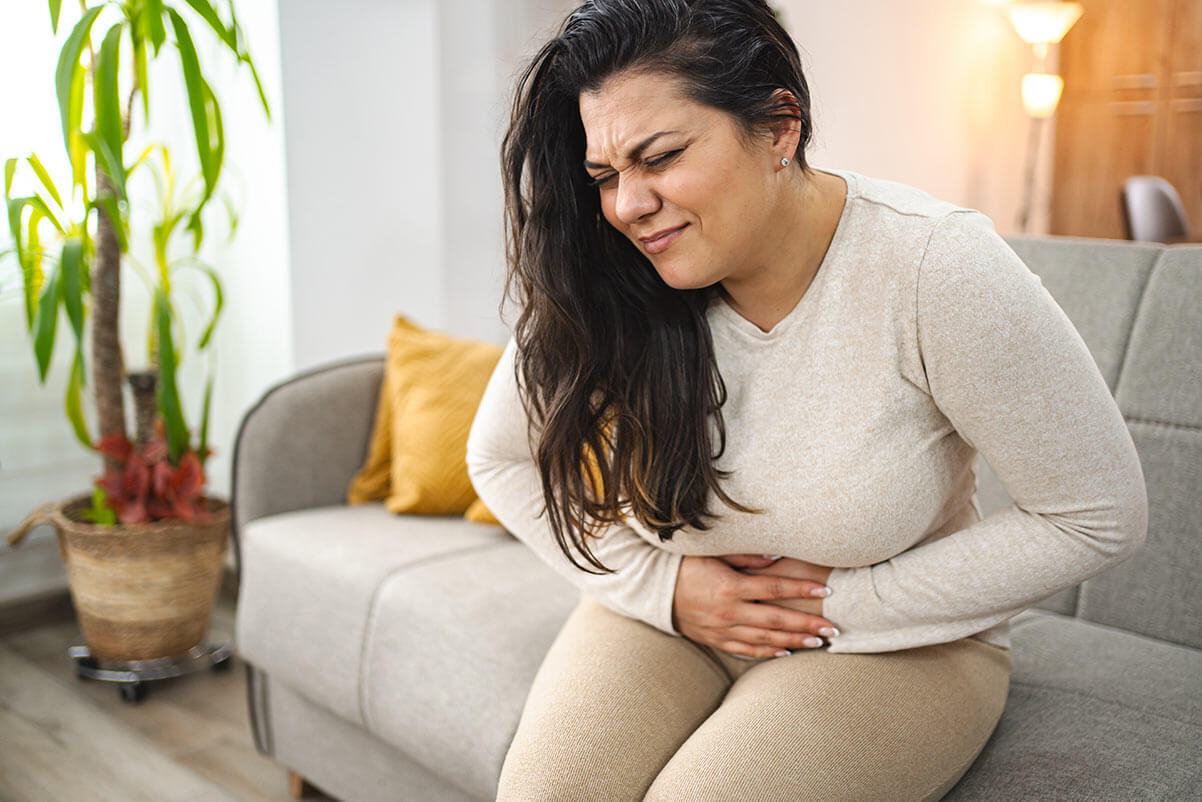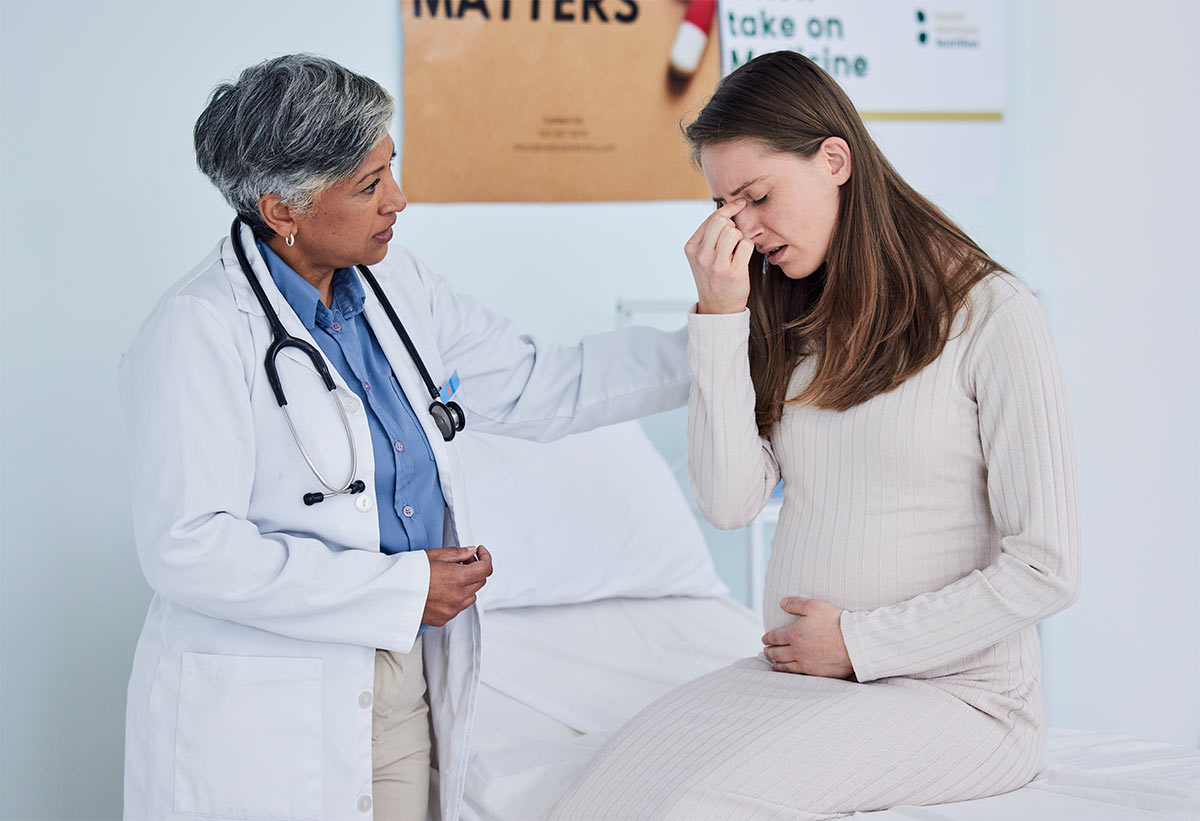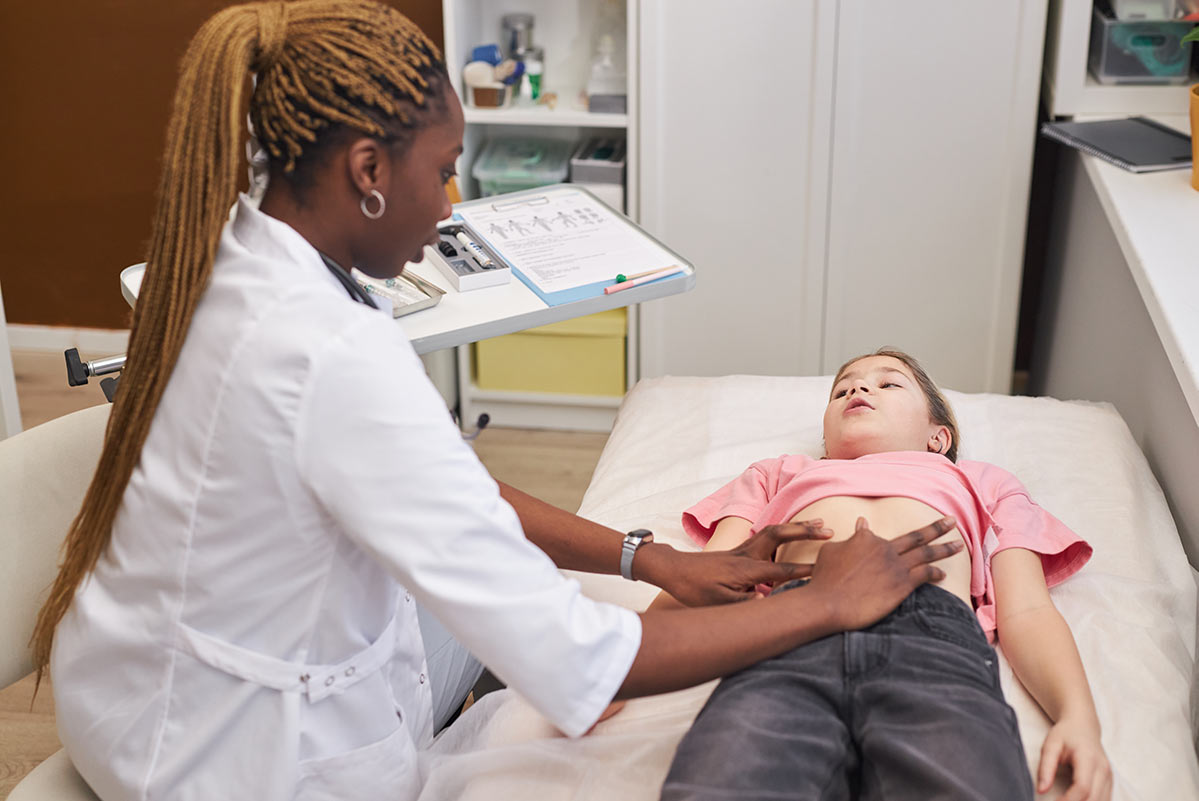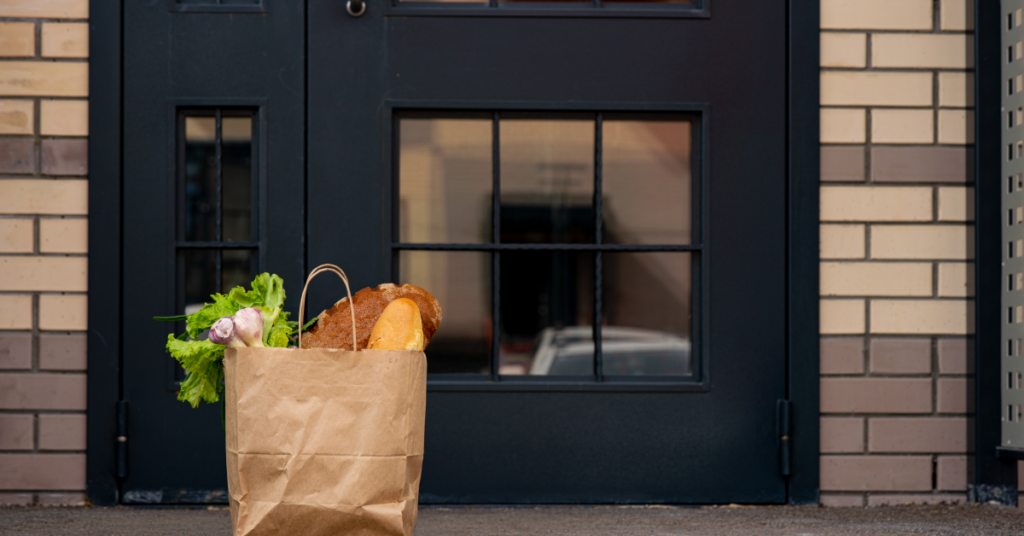
An estimated 75 percent of Americans are now living under stay-at-home orders to flatten the coronavirus curve which is one of the biggest reasons people are opting to deliver meals and groceries. Thousands of restaurants across the country have shuttered for business. But, most of us like eating out occasionally, and having food delivered is the only available option in the current situation.
Understandably, many of us have questions about the safety of our food due to the pandemic. COVID-19 is particularly troubling because it can live on surfaces for extended periods, including the two most commonly used in food delivery: paper bags and cardboard boxes. This chart shows how long the virus can live on a variety of surfaces. (National Safety Council)
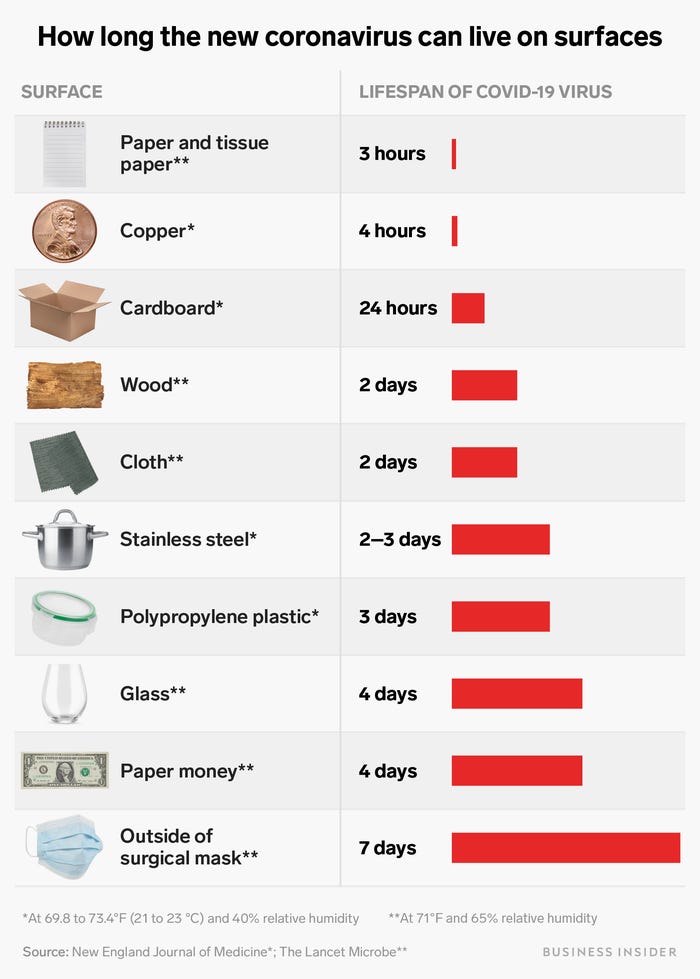
According to the FDA, “There is no evidence of food or food packaging being associated with the transmission of COVID-19.” However, it’s advisable to take precautions with food deliveries.
The Centers for Disease Control and Prevention has also been consistent with its messaging from the start of the outbreak that no evidence confirms coronavirus transmission happens through food.
Whether food is shipped to your home or delivered by a local service, it needs to stay at a safe temperature to prevent the growth of germs that could make you sick. Follow these tips to keep you and your family safe while enjoying meals prepared from these foods. (CDC)
- Before ordering food, ask essential questions. Research about the delivery companies and call customer service to ask about food safety standards. It is particularly important when you are ordering food for someone prone to food poisoning like adults age 65 and older, children younger than age 5, people who have health problems or take medicines that lower the body’s ability to fight germs and sickness (weakened immune system), and pregnant women.
- Ask how the company responds if food is delivered at an unsafe temperature or is otherwise not safe to eat. Find out if the company provides information with each shipment on the secure handling and preparation of food, including cooking temperatures.
- Arrange for delivery when someone is at home so food can be refrigerated quickly instead of being left outside until someone is at home. If you can’t be there in person, see if a neighbor can.
- Find a safe space for delivery if no one will be at home when the food arrives. Food gets delivered at a cool, shaded, and secure location where pests and rodents won’t be able to get to it. Let the company know where you would like them to leave groceries.
Due to the nature COVID-19 spread, the most significant risk of infection could come from interacting closely with others. Many foodservice operations now allow customers to pay ahead, either by phone or online, eliminating the physical transfer of cash or handling of credit cards, both of which can potentially harbor the virus.
Safe Food Handling (CDC)
Wash your hands often along with kitchen utensils. Remember to wash your hands with soap and water for at least 20 seconds – pre, during, and after handling any food and before eating. It would help if you washed your utensils, cutting boards, and countertops with hot, soapy water after using them.
Rinse fresh fruits and vegetables under running water.
It’s best to separate food items to avoid cross-contamination. Keep raw meat, poultry, seafood, and eggs away from other foods, and use separate cutting boards, plates, and utensils for these ingredients.
Refrigerate leftovers within 2 hours. Make sure you know how long your leftovers will keep in the fridge or freezer.
The FDA has also produced guidance on food safety and COVID-19. The only significant change from standing advice before the pandemic is the recommendation from the FDA to maintain a 6-foot distance between food workers when possible and reduce the risk of transmission among them.
During This Crisis, Sharing Food Is A No-No!
Probably sharing a pizza cut into slices is ok but not sharing the same slice. It’s advised not to eat with others out of the same container or anywhere germs/viruses can collect. This is true even if the person you are eating with doesn’t show visible signs of being sick. Remember, viruses cannot be seen, but they can be anywhere, including food containers. It may not be just a bite that you are sharing.
Are Food Delivery and Takeout Safe For The Crews Preparing and Packaging Orders?
It’s difficult to answer this question with a “yes” or a “no”. There is a whole supply chain involved in bringing food to your doorstep, and every restaurant/food chain operates differently. Some need only a few employees to manage, while others still have a full crew. Some have compact kitchens; some have large spacious areas. Some employees can walk to work, and some take public transport, which leaves them exposed to more people who may or may not be carrying the virus.
As the National Restaurant Association points out, the industry already “follows strict local public health guidelines. To meet these guidelines, restaurants have safety protocols and best practices in place.” (NRA 2020)
A wise thing to do is to talk to the managers of your favorite restaurants and inquire about the protocols they have to keep their employees safe. But do so politely, with real empathy. The pressures placed on restaurateurs right now are difficult and a little kindness can go a long way to promoting empathy between restaurants and customers.
Works Cited
C. (2020, March 25). Tips for Meal Kit and Food Delivery Safety. Retrieved May 14, 2020, from https://www.cdc.gov/foodsafety/communication/food-safety-meal-kits.html
Chadra, K. (2020, April 14). Food Delivery and Carryout Safety During the COVID-19 Pandemic. Retrieved May 14, 2020, from https://www.nsc.org/safety-first-blog/food-delivery-and-carryout-safety-during-the-covid-19-pandemic
Carman, T. (2020, April 03). What to know about the risks of restaurant takeout and delivery – and how to minimize them. Retrieved May 14, 2020, from https://www.washingtonpost.com/news/voraciously/wp/2020/04/03/what-to-know-about-the-risks-of-restaurant-takeout-and-delivery-and-how-to-minimize-them/
Gans, K. (2020, April 15). How to Safely Order Your Favorite Takeout Food During Coronavirus. Retrieved May 14, 2020, from https://health.usnews.com/health-news/blogs/eat-run/articles/safe-and-healthy-takeout-or-delivery
“Coronavirus Information and Resources.” National Restaurant Association, www.restaurant.org/covid19
Kritz, F. (2020, April 08). How Safe Is It To Eat Takeout? Retrieved May 14, 2020, from https://www.npr.org/sections/health-shots/2020/04/08/822903487/how-safe-is-it-to-eat-take-out

